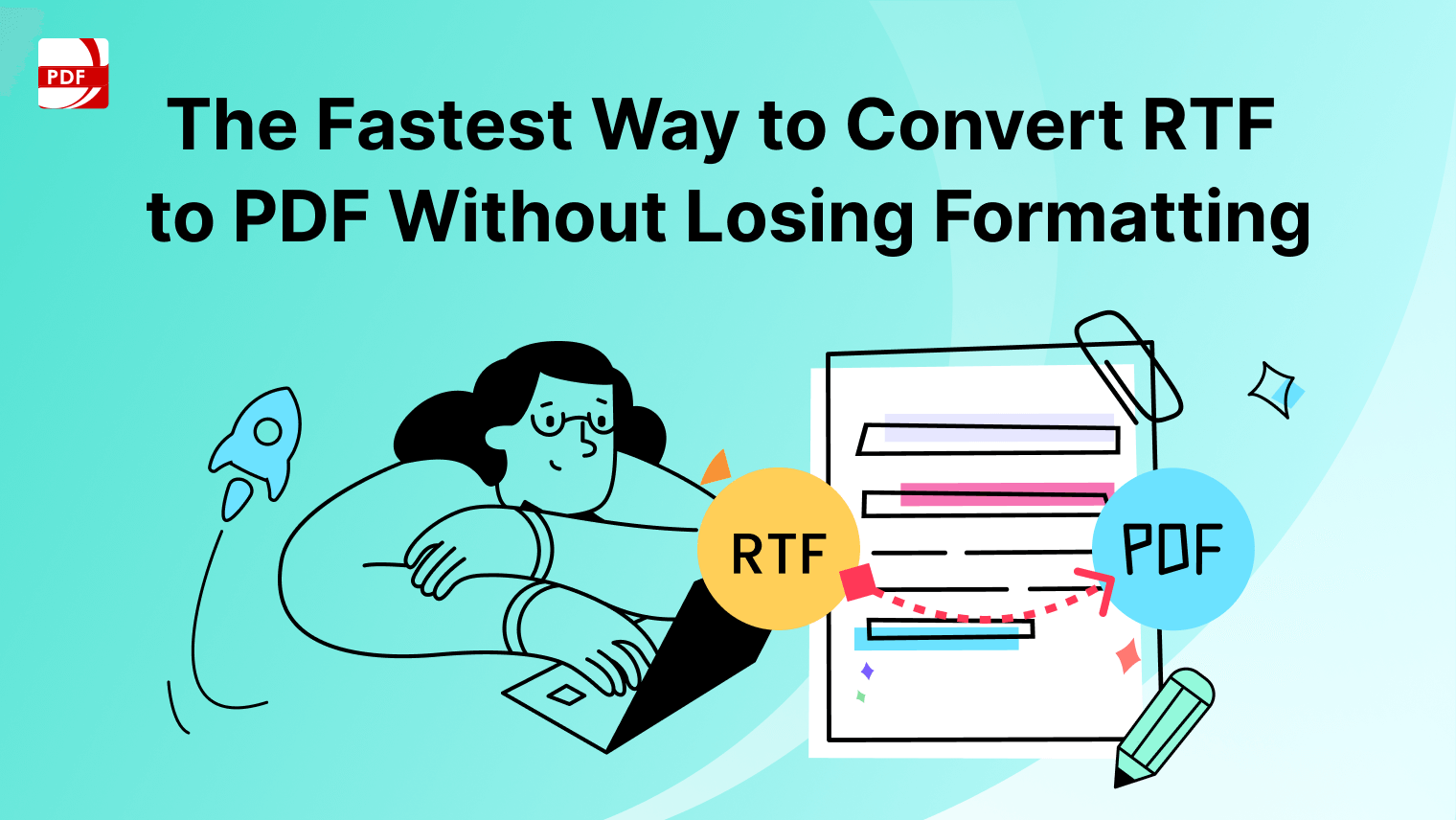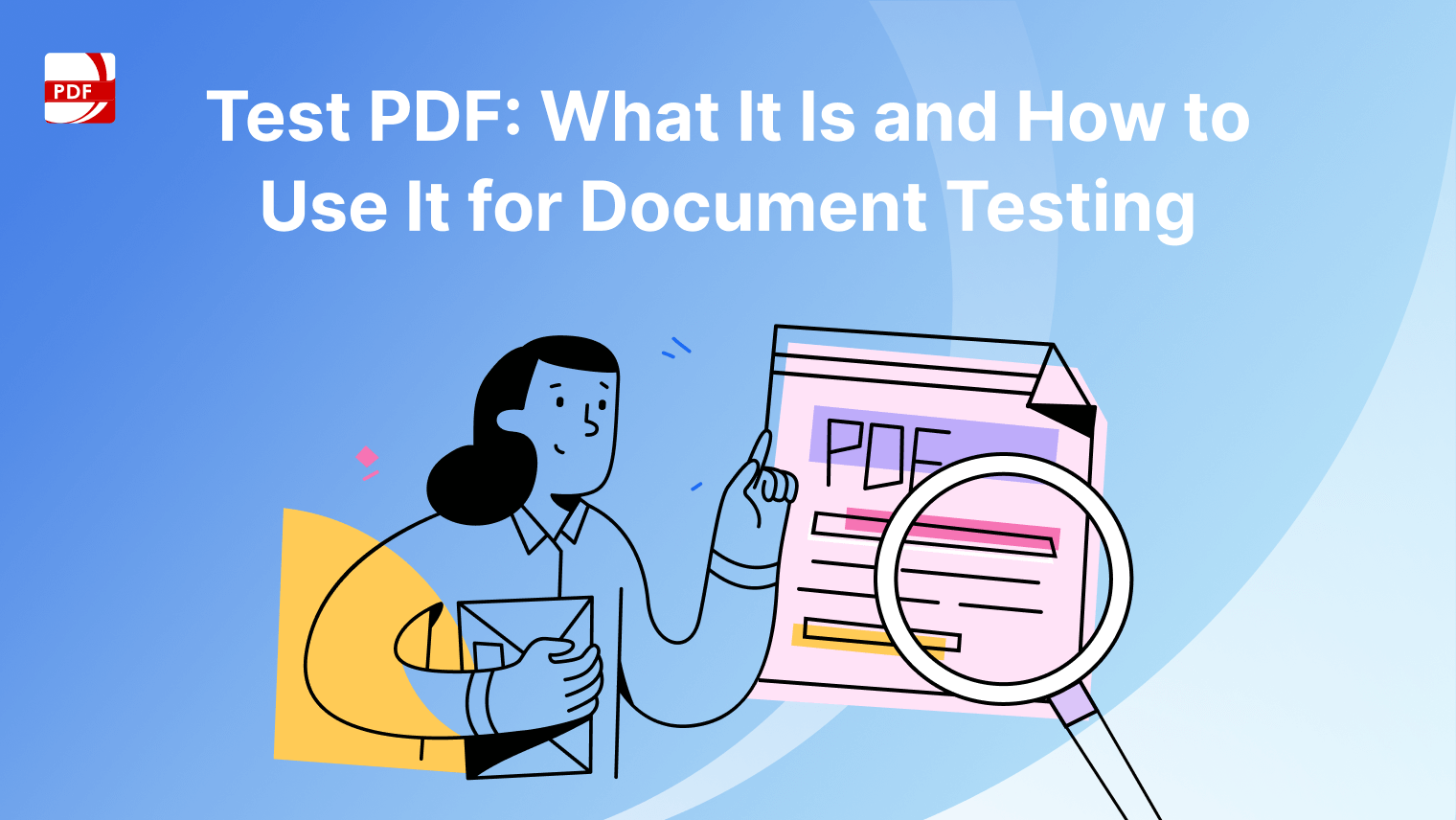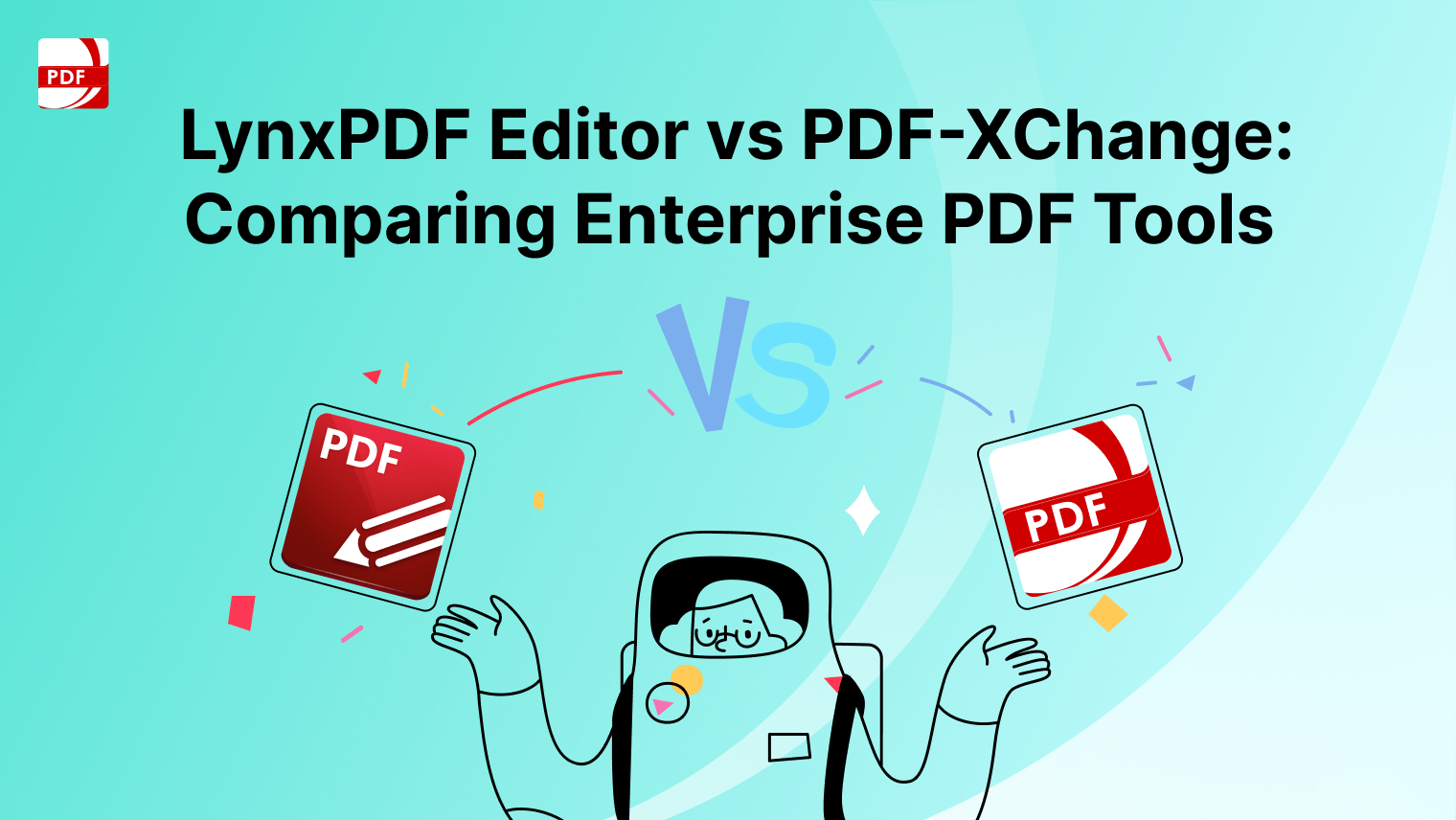Whether you're handling a plethora of documents for work or organizing your digital files at home, streamlining your processes can save valuable time and effort. One such time-saving technique is leveraging batch processes.
Understanding Batch Processes for PDFs
Before we dive into the specifics of PDF Reader Pro, let's demystify batch processes for PDFs. A batch process involves applying a series of actions or commands to multiple PDF documents simultaneously, rather than handling each file individually. This can include tasks such as:
-
Conversion: Converting multiple files from one format to another, such as converting Word documents or images into PDFs, or vice versa.
-
Merging: Combining multiple PDF documents into a single file.
-
Splitting: Dividing a large PDF document into smaller, more manageable files.
-
Annotation: Adding comments, highlights, or annotations to multiple PDFs at once.
-
Redaction: Applying redactions to sensitive information across multiple documents simultaneously.
-
Watermarking: Adding watermarks, such as logos or confidentiality notices, to batches of PDF files.
-
Optimization: Compressing or optimizing the size of multiple PDF documents to reduce file size.
-
Password Protection: Applying password protection or encryption to batches of PDFs to secure sensitive content.
PDF Reader Pro: Batch PDF Processes
Now that we understand the concept of batch processes for PDFs, let's explore how PDF Reader Pro can revolutionize your PDF workflows:
-
Efficiency: PDF Reader Pro offers a user-friendly interface and powerful batch processing capabilities, allowing you to perform tasks on multiple PDFs quickly and efficiently.
-
Versatility: Whether you need to convert, merge, split, annotate, redact, watermark, optimize, or secure PDF documents, PDF Reader Pro has you covered with its comprehensive set of features.
-
Customization: Tailor batch processes to suit your specific needs with customizable settings and options. PDF Reader Pro allows you to fine-tune parameters such as output file format, compression level, annotation styles, and more.
-
Accuracy: With PDF Reader Pro's advanced algorithms and precise rendering engine, you can trust that your batch processes will be executed accurately and reliably, ensuring high-quality results every time.
-
Security: Protect sensitive information across multiple documents with PDF Reader Pro's robust encryption and password protection features. Safeguard your files against unauthorized access or data breaches with ease.
How to Batch Process PDFs in Windows
Now that you're equipped with the knowledge of batch processes and the capabilities of PDF Reader Pro, it's time to put them into action. Here's a simple guide to getting started:
Step 1: Launch PDF Reader Pro
Open the PDF file you want to batch process.
Image Source: PDF Reader Pro
Step 2: Select the Operation (Such as "Merge")
Click on "Add Files" to choose PDFs from your file library.
Image Source: PDF Reader Pro
Step 3: Complete the Process Options
Click the blue button on the bottom-right to save the document.
Image Source: PDF Reader Pro
How to Batch Process PDFs in Mac
Follow this simple guide to batch process PDF files in various document formats on your Mac operating system.
Step 1: Open PDF Reader Pro
Click on "Batch" under advanced editing tools.
Image Source: PDF Reader Pro
Step 2: Choose the Process
Click on "Add Files" to choose the desired PDFs from your file library.
Image Source: PDF Reader Pro
Step 3: Finalize the Settings
Complete the process options as needed, then click the blue button on the bottom right to save the document.
Image Source: PDF Reader Pro
FAQs: Batch Processing Different File Types
Have questions about batch files? Find the answers to these and other aspects like file settings in the FAQ below:
What are output files in the context of batch processing?
Output files refer to the resulting documents generated after performing batch processes on multiple files simultaneously. These files can include converted documents, merged PDFs, split files, annotated documents, redacted content, watermarked files, optimized PDFs, or secured documents, depending on the specific batch action applied.
How do I specify the output options for batch processing?
In most batch processing tools like Adobe Acrobat Pro or Qoppa Software, you can specify output options within the settings or preferences menu. This allows you to customize parameters such as file format, file naming conventions, file location, and output settings to meet your specific requirements.
Can I choose the file format for the output files?
Yes, you can typically choose the file format for the output files generated through batch processing. Common file formats include PDF, Microsoft Word (DOC/DOCX), Excel (XLS/XLSX), PowerPoint (PPT/PPTX), image formats (JPG, PNG, TIFF), and others, depending on the capabilities of the batch processing tool you are using.
What happens if there are duplicate file names in the output?
If there are duplicate file names in the output, some batch processing tools may automatically append numbers or timestamps to differentiate between the files. Alternatively, you may be prompted to choose how to handle duplicate file names, such as overwriting existing files, renaming duplicates, or skipping them altogether, depending on your preferences and the settings of the batch processing tool.
Are there options to manage file sizes for the output files?
Yes, many batch processing tools offer options to manage file sizes for the output files. This can include features such as file compression, downsampling of images, removing unnecessary metadata, or optimizing the content to reduce file size while maintaining quality. These options help ensure that the output files are manageable and easy to share or distribute.
Can I maintain the original file names for the output files?
Yes, most batch processing tools provide options to maintain the original file names for the output files. You can typically choose to retain the original file names or apply specific naming conventions to the output files, depending on your preferences and the requirements of your workflow.
How do I specify the file naming conventions for the output files?
You can usually specify file naming conventions for the output files within the batch processing tool's settings or preferences menu. This allows you to define patterns or templates for naming the output files based on criteria such as document title, date, sequence number, or other metadata, providing consistency and organization to your batch processing workflow.
What are the benefits of using batch processes for digital documents?
Batch processes offer several advantages for managing digital documents efficiently. They streamline document processing tasks, allowing you to perform actions such as conversion, modification, or management settings on numerous documents simultaneously. This saves time and effort, especially when dealing with large volumes of digital documents.
How can batch processes help with document conversion?
Batch processes simplify the document conversion process by enabling you to convert multiple files from one format to another in a single operation. Whether you need to convert English documents to full-text documents or streamline the conversion of numerous documents, batch processes provide a convenient solution for efficiently handling document conversion tasks.
Can I customize batch sequences for specific document processing needs?
Yes, many batch processing tools offer options to create custom batch sequences tailored to your specific document processing requirements. You can define a sequence of actions or batch processes, including document conversion, modification, or management settings, and save them as pre-defined sequences or custom batch sequences for future use. This allows for a more streamlined and efficient document processing workflow.
Batch processes are invaluable for streamlining PDF workflows and increasing productivity. With PDF Reader Pro as your trusted tool, you can efficiently perform a wide range of tasks on multiple PDF documents simultaneously, saving time and effort while ensuring accuracy and quality. Whether you're converting, merging, splitting, annotating, redacting, watermarking, optimizing, or securing PDFs, PDF Reader Pro has the features and capabilities to meet your needs.


